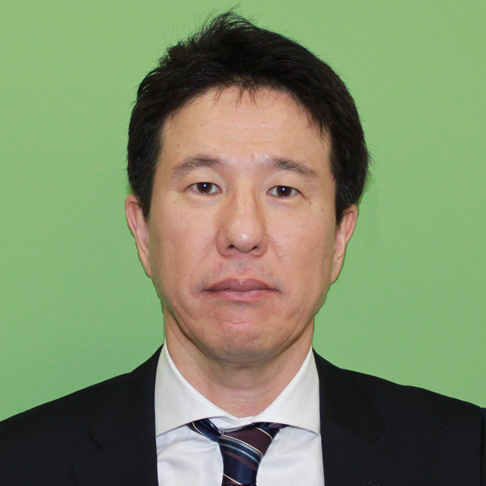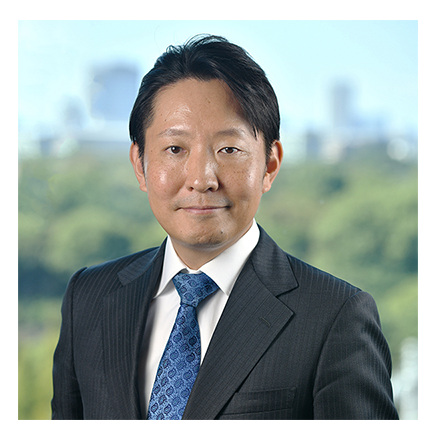Expectations of increased interest rates in Japan mean a double-edged sword for the domestic structured product market that has already taken a hit this year.
Structured product issuers in Japan may see a shift in investors’ appetite as the country’s central bank hints at stepping away from its ultra-loose monetary policy in the coming year.
The positive effect would be enhancing the yield [and] variations of payoffs we can structure - Isao Ogawa, CACIB
The Bank of Japan has adopted a negative interest rate policy since early 2016 (currently at -0.1%) to address deflation that has plagued the economy for decades. The rate remains unchanged in contrast to most global central banks which started a series of rate hikes from early 2022 in an attempt to keep inflation down.
Yet with rising inflation and weakening currency, discussion on the need for tighter monetary conditions has heated up in the country, prompting issuers to mull over the potential impact on their structured product business.
A poll conducted by Reuters last week shows that six of 28 economists predicted that the Bank of Japan would phase out the loose monetary policy in January. The central bank is holding a two-day meeting ending today (19 December) that could be crucial in determining the timing.
Isao Ogawa (pictured), head of structured products for Japan at Crédit Agricole CIB (CACIB), said there are two ways to look at the potential impact of a rate increase.
“The positive effect would be enhancing the yield [and] variations of payoffs we can structure,” Ogawa told SRP. “The negative effect would be a shift of investor’s appetite from structured products to vanilla products.”
The investment banker is inclined to see the bright side as he expects the loan-to-deposit ratio to continue to sit “fundamentally low”, especially for regional banks.
The loan-to-deposit ratio of Japanese banks has gone downward since the 1990s, staying flat shortly before the Great Financial Crisis, at a level significantly lower than that of banks in Eurozone. The domestic average was 62.8% in FY 2022, according to data compiled by Statista.
Morningstar stated in a research note published on 13 December that as inflation returns to Japan, the reallocation away from zero or very-low-return savings toward higher yielding risk assets may ‘finally start to gather momentum’.
Tomoyuki Sasai (right), head of global markets sales for Japan at Société Générale (SG) thinks there’s a high likelihood for the Bank of Japan to end its negative interest rate policy in 2024, but that is unlikely to “cause an extreme spike” in Japan’s long-term interest rates, or the 10-year Japanese government bond yield.
Sasai forecasts lower inflation and long-term interest rates with an upper bound of 1.5% in light of the interest rate cut signalled by the US Federal Reserve next year and a pause of continuous depreciation for Japanese yen against US dollar.
The long-term Japanese interest rates stood at 0.66% pa. as at the end of November, following a decade-long high at 0.95% pa a month ago. In comparison, the long-term US rates came to 4.5% pa.
“If it stays at that level, most of the money that is currently in yen savings accounts will either remain in savings accounts, or some of it will be shifted into yen-denominated time deposits, which will offer more attractive interest rates than before,” Sasai told SRP.
When long-term interest rates rise to around one percent, sales of vanilla notes and callable notes will grow - Tomoyuki Sasai, Société Générale
According to Sasai, for structured products distributed through banks, investors seeking higher yields will continue to flow into five-year JPY-denominated fixed annuity (FA) or fixed index annuity (FIA) products in which both offer a guaranteed rate of return.
“For products seeking higher returns than FA and FIA, I expect an increase in the number of newly launched JPY-denominated capital guaranteed funds, which can be structured at a lower cost than annuity products, compared to 2023,” he said.
“When long-term interest rates rise to around one percent, sales of vanilla notes and callable notes will grow as the balance between distributors' fee and coupons received by investors will be balanced, making it easier for them to engage in the market,” Sasai added.
Coping with new guidance
Beyond interest rates, the industry is also weighing on the guidance introduced by the Japan Securities Dealers Association (JSDA), a self-regulatory organisation authorised by the Prime Minister, in July on the sales of complex structured bonds.
According to CACIB’s Ogawa, the demand for structured products has noticeably diverted to fixed income products for institutional investors.
“I understand each distributor has adapted their internal rules based on the guidelines. Now, they are working to determine how they should ‘implement’ the rules for the actual business.
“The change is more difficult for equity products as they are categorised as complex products in general and the target end investors are mainly retails,” Ogawa noted.
Many local securities houses have halted distribution of structured notes. As a result, the inflows are anticipated to “remain sluggish”, according to SG’s Sasai.
A number of local securities houses are focusing on corporate and middle market clients who have a strong demand for structured products tied to foreign exchange rates and interest rates, said Sasai.
“I believe that the sales of structured credit products will grow. And retail investors seeking high returns will shift their needs from structured notes to structured funds,” he added.
SRP data registers 70 structured bonds issued in Japan year-to-date (YTD), 44 of which are linked to domestic interest rate while the remaining to a basket of indices (12 products), single index (seven), a basket of equity shares (four) and hybrid assets (three).
There are also 480 structured deposits issued by 22 local backs YTD, led by Shinsei Bank and Mizuho Bank with each issuing 60 products, respectively.
Looking ahead
For 2024, Ogawa expects rising interest rates and widening credit spread would both benefit fixed income products.
Meanwhile, Sasai believes there is still a strong potential need for products that generate stable carry with sales of equity volatility, “even if the form of the product has changed”.
“If the product is designed correctly, it is possible to create products, such as structured funds for example, with a higher Sharpe ratio than equity and lower correlation with traditional asset classes,” Sasai said.
“It will be interesting to see how regional securities companies compete with major securities companies in the distribution of structured notes to corporate and middle market clients and establish a new business model,” Sasai concluded.

